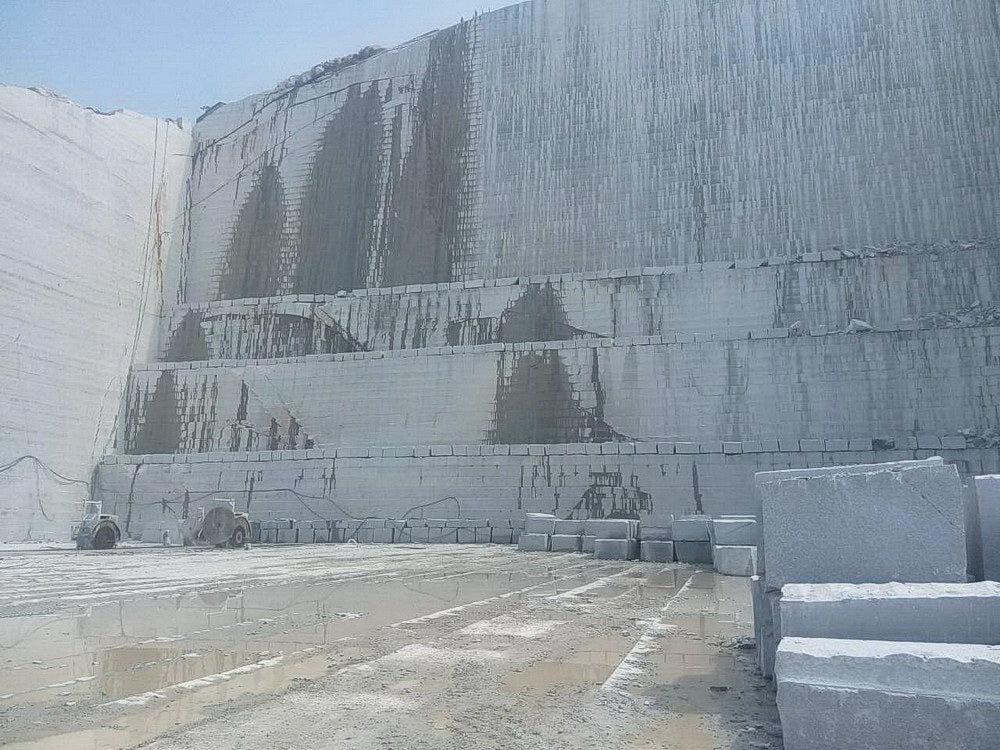Exploring Granite Quarries in South Africa Sector: From Quarry to Work of art
Exploring Granite Quarries in South Africa Sector: From Quarry to Work of art
Blog Article
Introducing the Mysteries of Granite Quarrying: Where Toughness and Elegance Meet
The globe of granite quarrying is a realm where the raw strength of nature merges with human creativity to produce frameworks that stand the test of time with an air of beauty. From the midsts of quarries to the meticulous polishing in workshops, the procedure of changing granite into architectural wonders is a complicated dance of practice and technology. As we peer right into the depths of this old craft, we start to reveal the surprise ins and outs that form the extremely essence of our built atmosphere.
The Origins of Granite Quarrying
In the record of building history, the beginnings of granite quarrying are shrouded in a tapestry of ancient craftsmanship and geological wonders. Dating back to old Egypt and Mesopotamia, the removal of granite from quarries marked the start of a trip that would at some point result in the development of several of the world's most renowned structures.
Granite quarrying's roots can be traced to the experienced craftsmens who acknowledged the stone's durability and aesthetic charm. Via a combination of primitive devices and large decision, these very early quarry workers unearthed granite blocks that would certainly end up being the foundation of human beings.
As human beings evolved, so did the techniques of quarrying granite. The Romans, renowned for their design prowess, established advanced approaches for drawing out granite to build monoliths, holy places, and roads that stood the examination of time.
The heritage of these old quarrying methods remains to shape modern design, with granite staying a sign of strength and elegance in construction tasks around the world. (granite quarries in south africa)
Devices of the Quarrying Trade
The development of granite quarrying methods from ancient civilizations to modern-day times highlights the essential duty played by the tools of the quarrying sell shaping the market's methods. In ancient times, quarrying tools were basic, commonly containing chisels, hammers, and wedges made from materials like bronze or iron. These devices required substantial workforce and time to extract granite obstructs from quarries.

Furthermore, the introduction of pneumatically-driven devices and high-powered machinery has significantly reduced the physical labor needed in quarrying procedures, boosting worker safety and security and productivity. As the quarrying market proceeds to innovate, the tools of the profession remain at the forefront of driving development and forming the future of granite removal.
Removing Blocks of Granite
Making use of accuracy machinery and advanced techniques, the removal of granite obstructs from quarries has actually become a sophisticated procedure in the contemporary quarrying industry. The first step involves recognizing the place and size of the granite down payment to identify the most reliable extraction method. As soon as an appropriate site is chosen, the removal procedure begins with the exploration of openings for the placement of dynamites. Controlled blowing up methods are then utilized to break apart the granite right into manageable areas.

Sprucing Up and Ending Up Strategies
To achieve a remarkable surface on granite blocks, proficient artisans utilize a collection of careful sprucing up and completing methods. After the preliminary removal and forming processes, the granite obstructs go through a thorough sprucing up phase to enhance their natural beauty and sturdiness. One typical approach used in brightening granite is ruby abrasion, where commercial diamonds are made use of to grind and polish the this hyperlink stone to a smooth finish. This process not only creates a glossy surface but likewise makes sure uniformity in shade and appearance throughout the granite block.
Along with polishing, ending up techniques are used to further improve the granite's appearance. These methods might include flaming, sharpening, or brushing, each offering distinct appearances and finishes to fit various aesthetic choices. Flaming, as an example, involves revealing the granite surface area to high temperatures to develop a rough, distinctive surface, suitable for exterior applications where slip-resistance is essential. Refining, on the various other hand, gives a matte finish that is smooth to the touch, best for indoor countertops and flooring. By Get More Info very carefully picking and using these brightening and finishing techniques, artisans can change raw granite blocks into elegant pieces that display both strength and elegance.

Ecological Impact and Sustainability
With the expanding emphasis on environmental awareness in the market, granite quarrying practices are significantly scrutinized for their influence on natural resources and lasting sustainability. In addition, the transport of granite from quarries to refining centers creates carbon emissions, better adding to ecological destruction.
To alleviate these impacts and guarantee sustainability in granite quarrying, market stakeholders are embracing numerous measures. Applying sophisticated technologies to minimize power intake and water usage, reclaiming quarried land for eco-friendly reconstruction, and promoting accountable sourcing practices are some methods being employed. In addition, qualifications such as the Forest Stewardship Council (FSC) and the Management in Energy and Environmental Layout (LEED) help customers identify eco pleasant granite products.
Final Thought
Finally, granite quarrying is a procedure that requires specialized tools and strategies to extract blocks of granite and polish them to a high level of finish. While the ecological impact of quarrying can be considerable, efforts are being made to boost sustainability practices in the industry. In general, granite quarrying is a delicate equilibrium between utilizing the strength and elegance of this all-natural stone while decreasing its effect on the environment.
Report this page